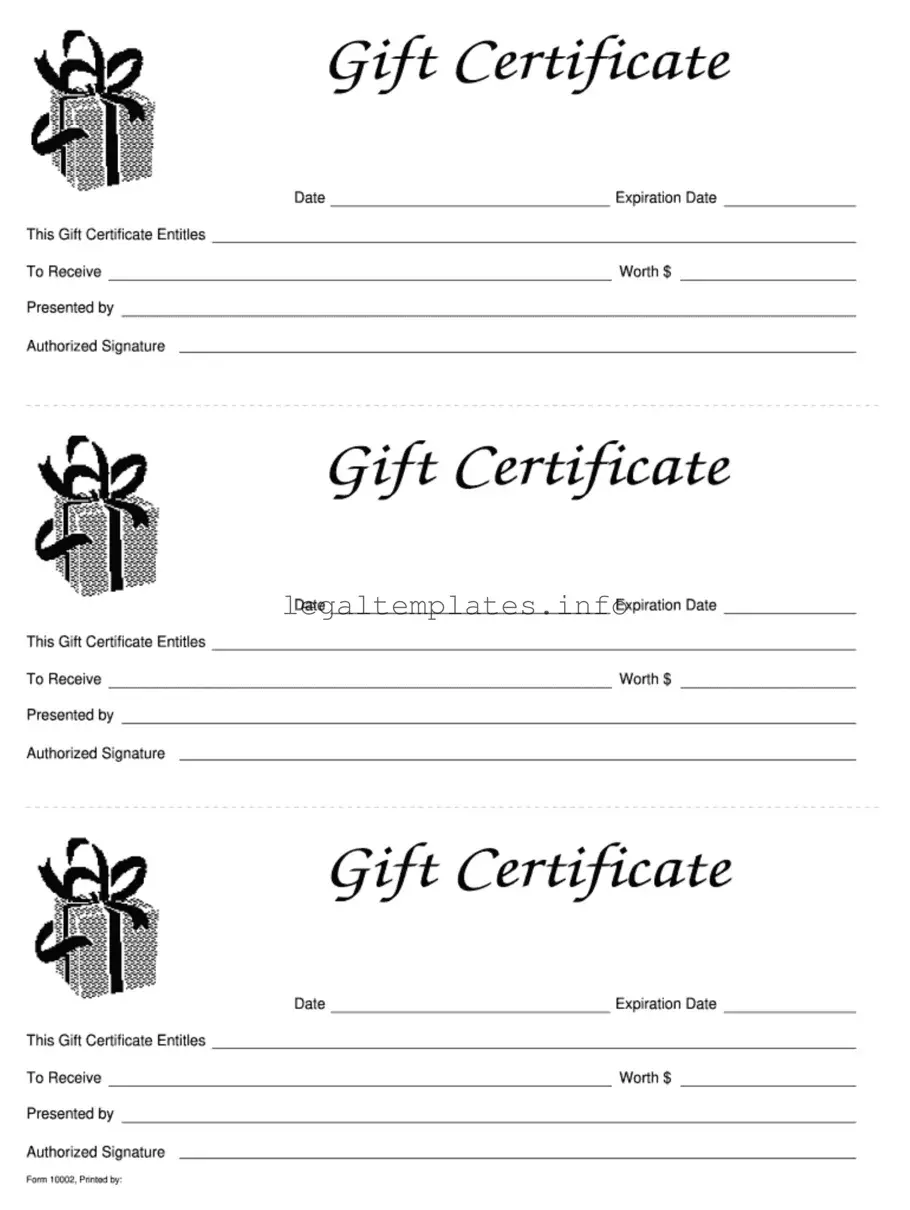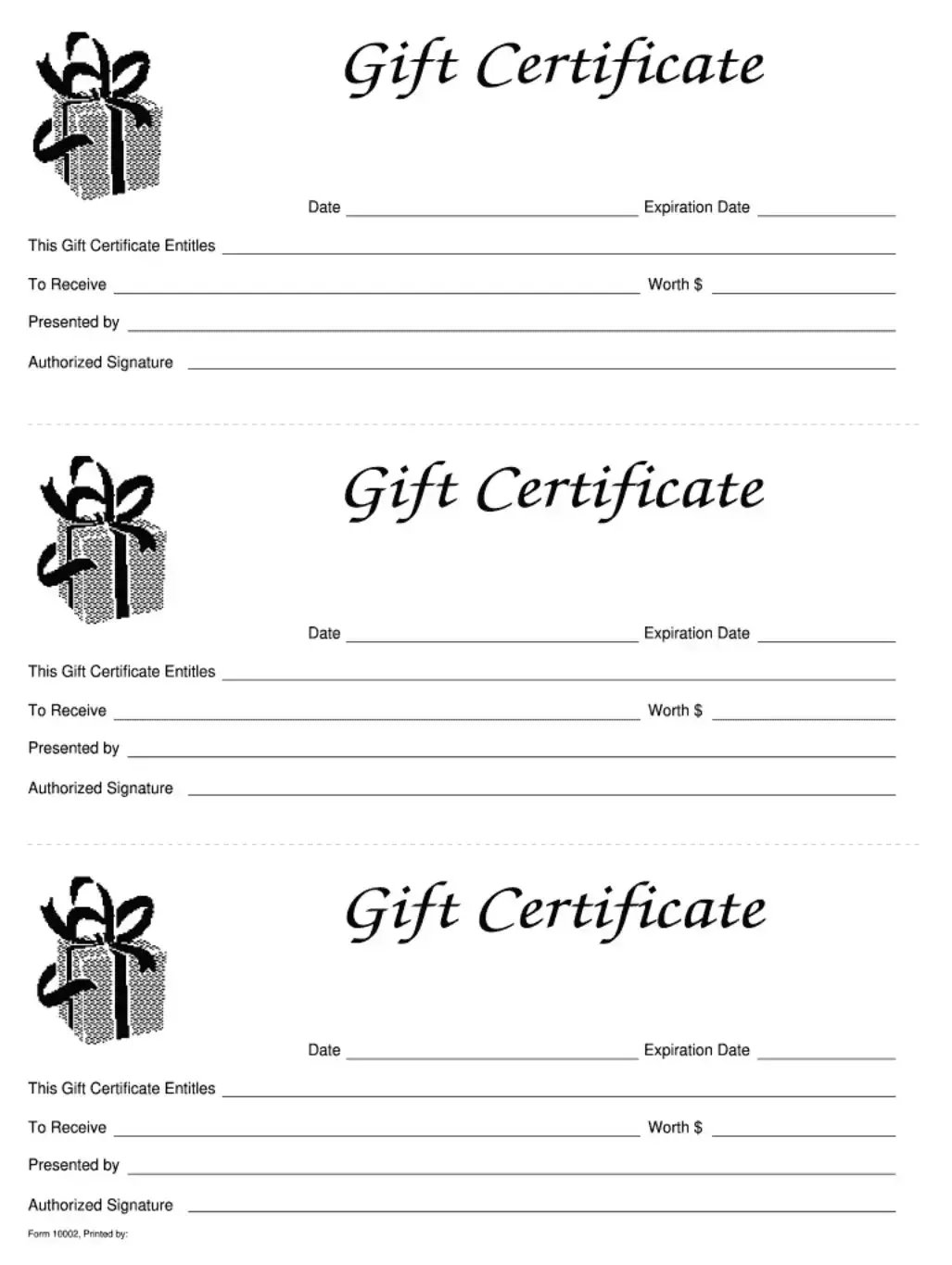What is a gift certificate?
A gift certificate is a pre-paid voucher that can be exchanged for items or services at a particular business. It's a convenient way to give someone a gift, allowing them to choose what they want or need.
How does a gift certificate work?
Once purchased, a gift certificate will have a specific value that can be used towards purchases at the designated business. The recipient simply presents the certificate at the time of purchase, and the value is applied to the total cost. If the purchase exceeds the certificate's value, the recipient pays the difference.
Can a gift certificate expire?
Yes, depending on the laws in your state, a gift certificate can expire. Some states require a minimum validity period for gift certificates, while others may not allow them to expire at all. Always check the expiration date and any relevant laws in your jurisdiction.
What happens if someone loses their gift certificate?
It depends on the policies of the issuing business. Some businesses may replace a lost gift certificate if proof of purchase is provided, while others may consider it the same as losing cash, with no possibility of replacement. Contact the issuing business for their specific policies.
Is it possible to get a refund for a gift certificate?
Refund policies vary by business. Some businesses may offer refunds under certain conditions, such as within a specific timeframe after purchase. However, many businesses do not offer refunds for gift certificates once they're purchased.
Can a gift certificate be reloaded with more value?
Some gift certificates are designed to be reloaded, while others are not. This feature depends on the business and the type of gift certificate they offer. Check with the issuing business to see if adding value is an option.
Are there any fees associated with buying or using a gift certificate?
While buying a gift certificate usually doesn't involve extra fees, some may have maintenance or inactivity fees that can reduce the certificate's value over time. Always read the terms and conditions to be aware of any potential fees.

